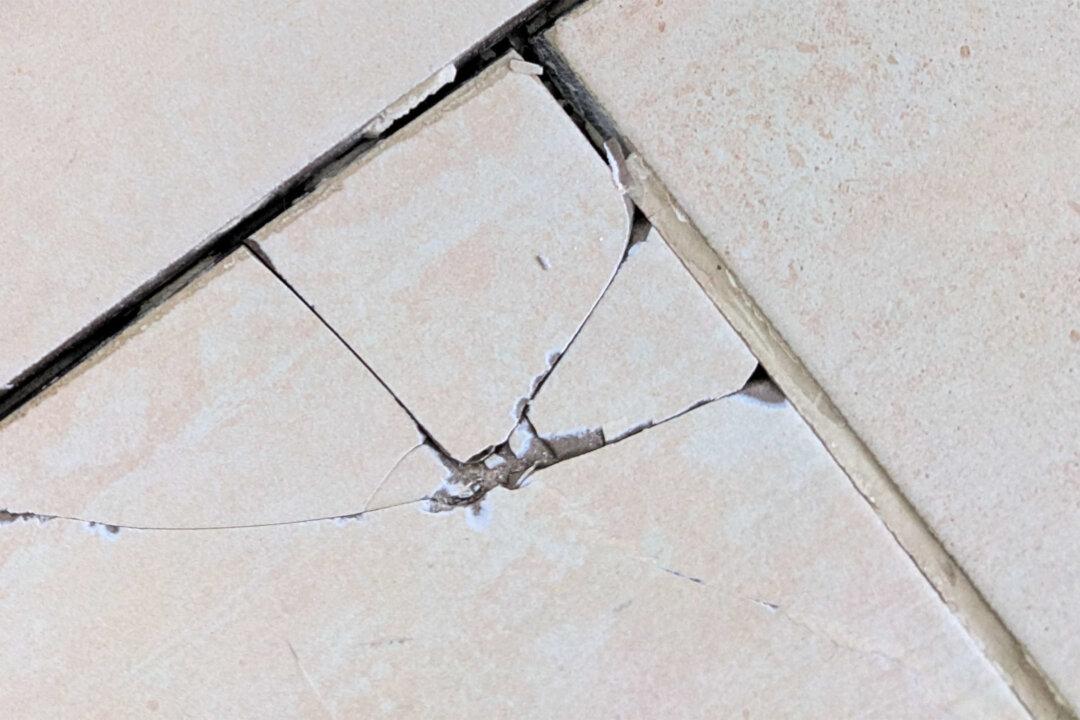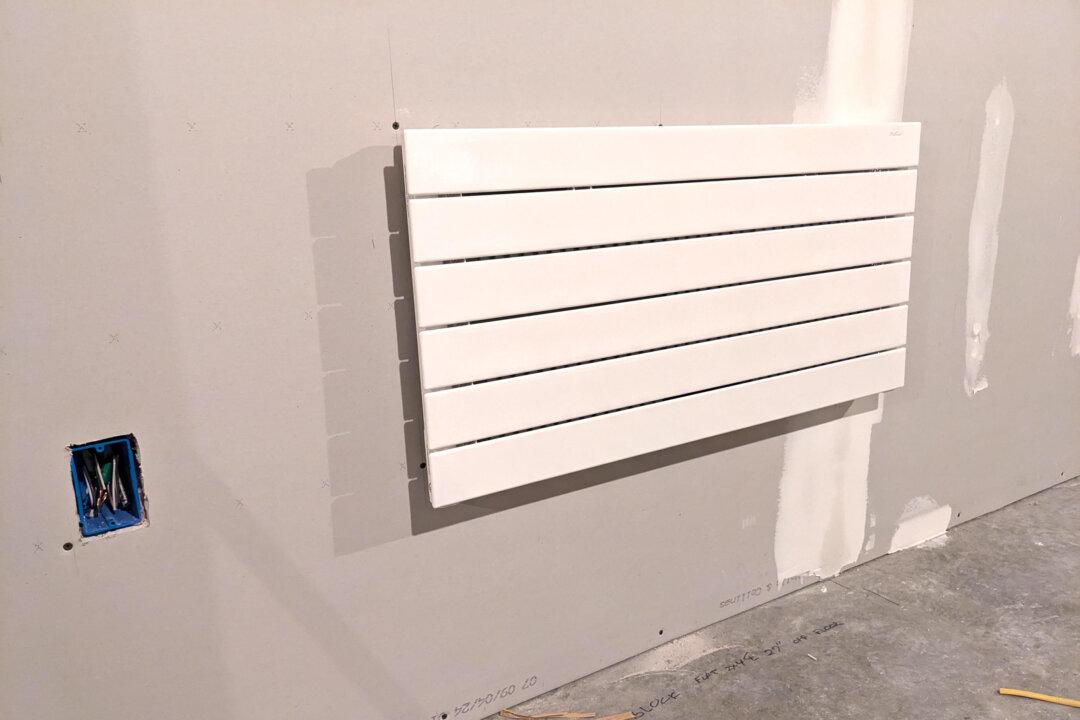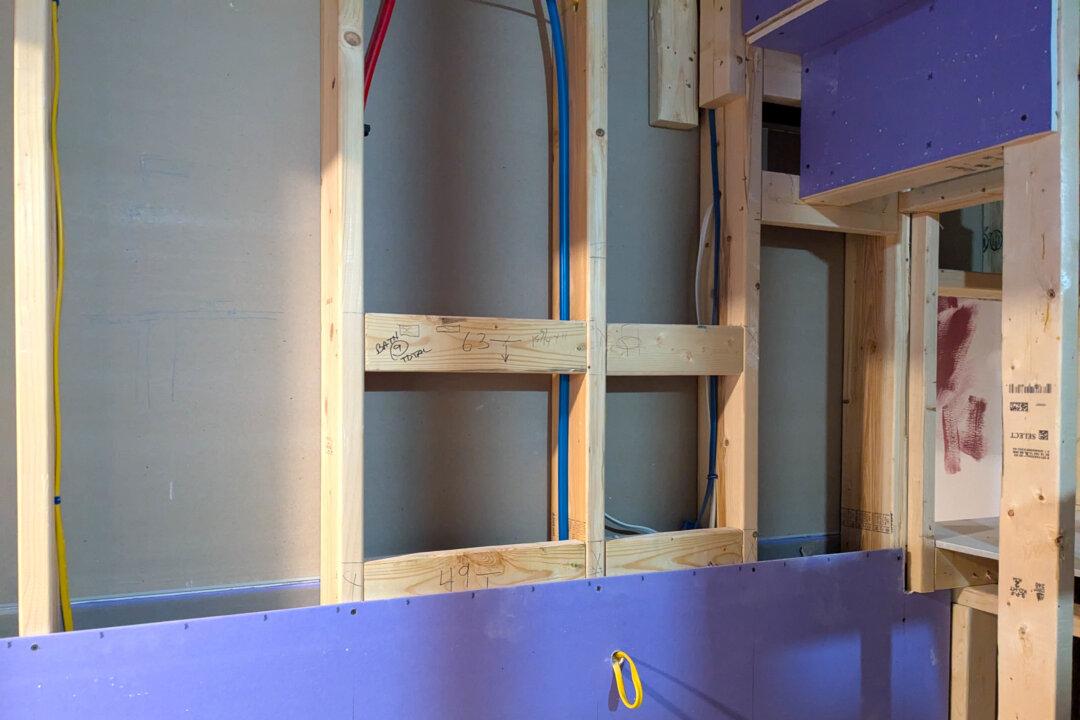Ceramic floor tile has a rich legacy as a durable flooring material. You’ve undoubtedly walked across it in countless public buildings. Hotel lobbies, commercial buildings, and even my own previous parish church sported this artificial stone product. The tile in my church was over 100 years old and it looked perfect. Do you recall ever seeing a cracked tile or missing grout in all of the tile you’ve seen in public buildings? There’s a reason why.
Ceramic tile is quite fussy when it is installed. You’ll discover one thing all crack-free ceramic tile floors have in common: The tile is adhered to a solid base that doesn’t flex. The best bases are constructed to also be crack-free.





